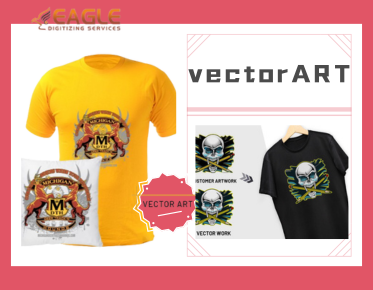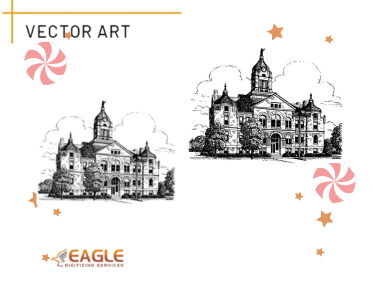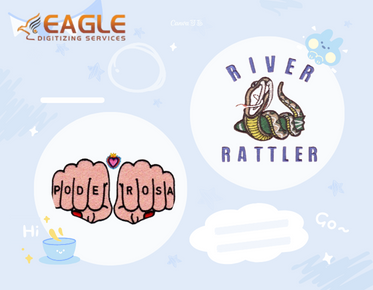The Best Way to Tell if My PDF File is a Vector Format
As digital designs become more predominant in various industries, understanding file formats becomes crucial, especially when distinguishing between vector and raster graphics. PDF (Portable Document Format) is a common format utilized for various documents and graphics. Identifying whether your PDF file is vector-based can significantly impact its application, particularly in printing, graphic design, and digital media.
Understanding Vector and Raster Graphics
Vector graphics are composed of paths defined by mathematical formulas, allowing them to be scaled indefinitely without loss of quality. In contrast, raster graphics are pixel-based and can become pixelated when enlarged. Common vector formats include EPS, SVG, AI, and CDR, with PDFs capable of containing both vector and raster data.
Why Determine If a PDF is Vector-Based?
Recognizing whether your PDF contains vector graphics is vital for several reasons. Vector graphics provide higher quality for print and design processes, supporting crisp, clean lines and precise colors. This is especially important when dealing with detailed images like logos or intricate artwork. On the other hand, raster images may lose clarity upon scaling, making them less ideal for such applications.
Methods to Identify Vector Graphics in PDFs
The best approach to confirm if your PDF file is vector format involves using vector conversion software. This software can identify and indicate the presence of vector elements within a PDF document. Some common practices include:
Opening the PDF in a Vector Graphics Editor
Use software like Adobe Illustrator or CorelDRAW. Importing the PDF into these programs will reveal whether the content is a vector. If objects are composed of paths and points that can be edited, it confirms the presence of vector data.
Zooming In for Clarity
Zoom into the document using any PDF viewer. If the graphics remain sharp and do not exhibit pixelation, this indicates vector graphics. This method is simplistic but sometimes not definitive, particularly with more complex documents.
Converting PDF to Other Formats
Another way to check for vector elements is by converting the PDF to another vector format like SVG. Use vector conversion tools designed for such purposes. If the conversion maintains the quality of graphics, it’s indicative of vector content.
Tools and Resources for Checking Vector PDFs
Numerous online tools can be invaluable for verifying vector data in PDFs. Some online vector services allow for testing and converting files, making them accessible for users who may not have access to professional graphic editing software. These services often provide additional features like raster to vector conversion and color separation.
Professional Vectorization Services
Engaging professional services such as those provided by Eagle Digitizing can ensure accurate conversion and identification of vector graphics. Their expertise in vector art services online ensures that clients achieve the desired outcome for their projects, making them an ideal choice for businesses that require high-quality print and digital graphics.
Conclusion
Determining whether your PDF file is in a vector format is a vital step for ensuring the success of various design and print projects. With the proper tools and methods, you can easily identify vector graphics, which will optimize the output quality of your designs. As digital technology continues to advance, the ability to manage and convert file formats will remain a crucial skill for design professionals and businesses alike. Given the right approach, any user can navigate the complexities of file formats to achieve visually stunning results.
Is your business maximizing the potential of vector graphics in your marketing and printing efforts? As technology progresses, the need for high-quality, scalable graphics will only grow. Embracing vector formats could be a game-changer for elevating your brand to new heights.



